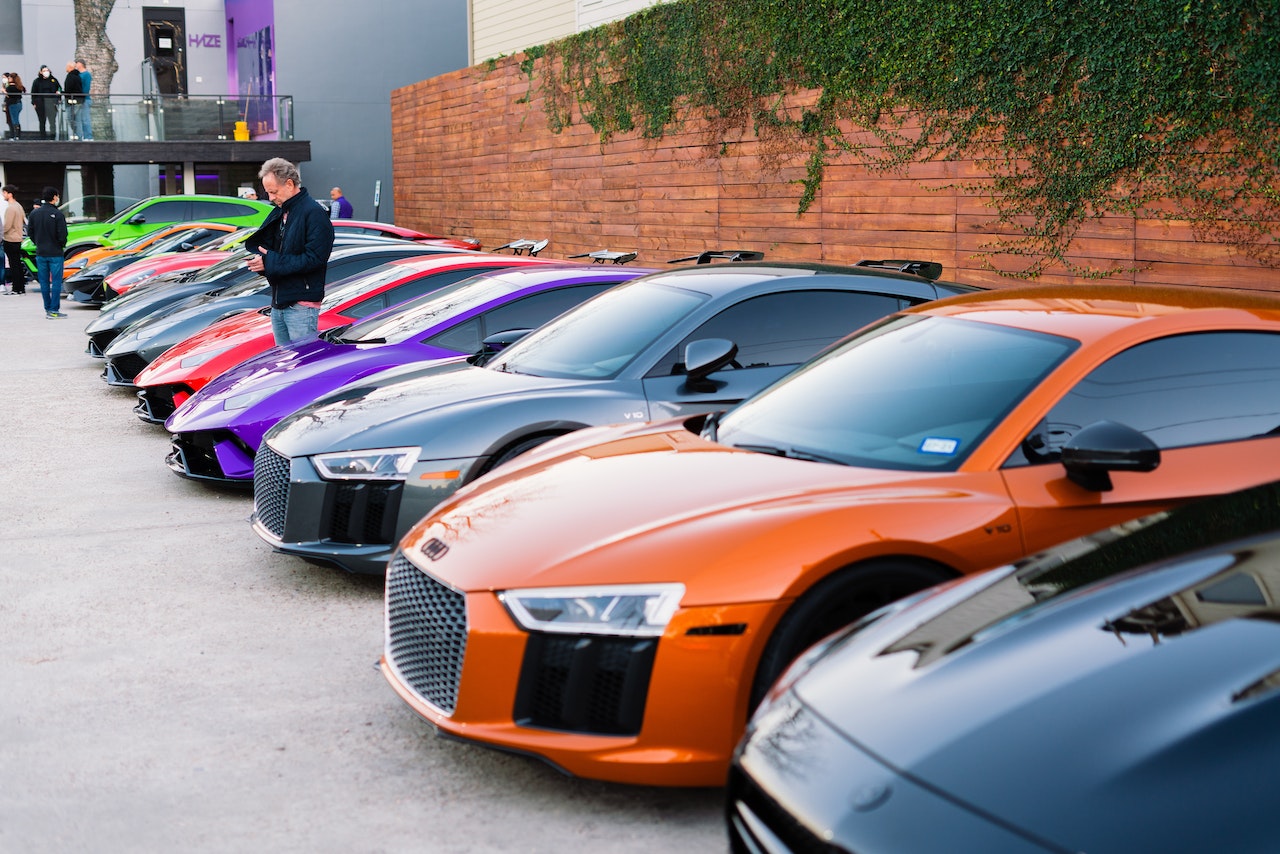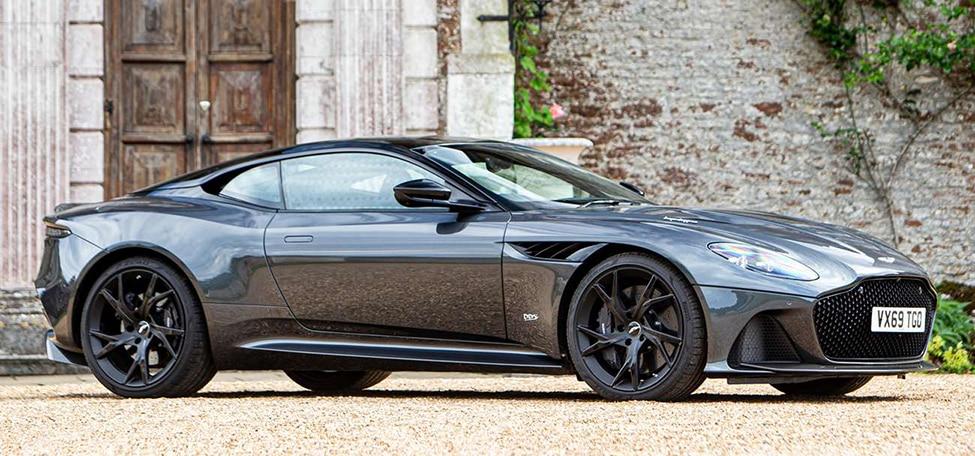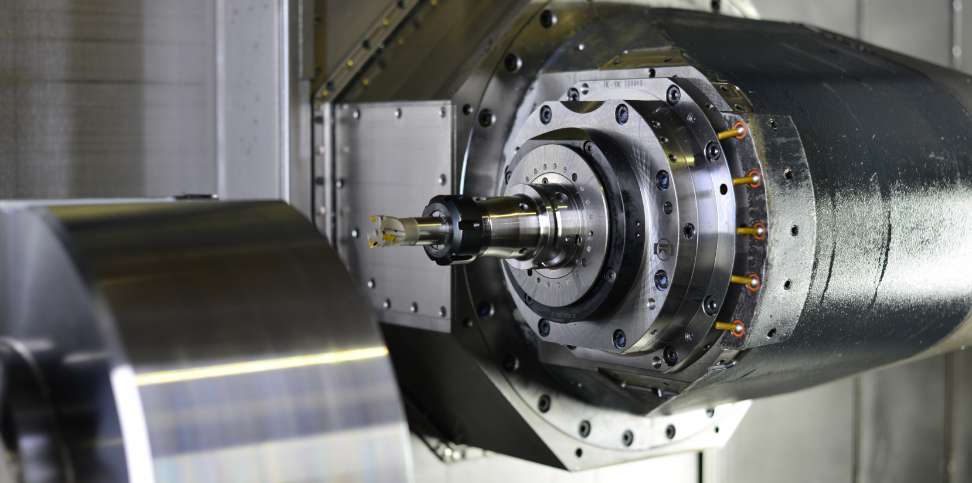
Window tint is an increasingly popular car accessory that can provide a number of benefits, including increased privacy, reduced glare, and protection from harmful UV rays. Two of the most popular types of window tint are ceramic and carbon. Both types of tints offer similar benefits, but they differ in their composition and performance.
Ceramic window tint is made with a ceramic particle-based film that is non-conductive and non-metallic. This makes it a popular choice for those who are concerned about potential interference with electronic devices such as GPS or mobile phone signals. The ceramic particles in the film also help to provide excellent heat rejection and UV protection, making it a great option for those who live in hot climates or who spend a lot of time driving during the day.
Carbon window tint, on the other hand, is made with a carbon-based film that is non-metallic and non-reflective. It offers similar heat rejection and UV protection as ceramic tint, but it also has a unique, sleek and subtle look that many car owners prefer. Carbon tint also blocks the sun’s infrared light and is effective in reducing glare, making it a good option for those who drive during the day.
Another difference between ceramic and carbon window tint is their price. Ceramic tint is typically more expensive than carbon tint, due to the cost of ceramic particles used in its composition. However, ceramic tint is also more durable and less likely to fade or peel over time.
When it comes to choosing between ceramic and carbon window tint, it’s important to consider your personal needs, budget, and preferences. If you’re concerned about potential interference with electronic devices, ceramic tint may be the best option. If you’re looking for a sleek and subtle look, carbon tint may be a better choice. If you live in a hot climate, both tints are great options to consider for their heat rejection properties, but ceramic tint is considered the best option for UV protection.
It’s also important to note that some states have laws regarding the allowed amount of tint, so be sure to check your state regulations before purchasing and installing window tint.
In conclusion, both ceramic and carbon window tint offer similar benefits, such as heat rejection, UV protection, and glare reduction. The main differences between the two are the composition of the film, the look and the cost. Ceramic tint is made with a ceramic particle-based film, offers excellent heat rejection and UV protection, but it is more expensive. Carbon tint is made with a carbon-based film, offers similar heat rejection and UV protection as ceramic tint, but it also has a unique, sleek and subtle look, and is less expensive. Ultimately, it’s important to do your research and choose a high-quality tint from a reputable brand that will provide the level of protection and performance you need, while also complying with state regulations.
RELATED ARTICLES
Latest Articles
 Unlocking Success: Mastering Bank PO Interview PreparationIn EducationApril 24, 2024For banking careers, PO interviews stand as formidable […]
Unlocking Success: Mastering Bank PO Interview PreparationIn EducationApril 24, 2024For banking careers, PO interviews stand as formidable […] The Strategic Value of Purchasing FontsIn TipsApril 18, 2024In today’s visually driven world, fonts are more […]
The Strategic Value of Purchasing FontsIn TipsApril 18, 2024In today’s visually driven world, fonts are more […] Revolutionizing Business: How AI Transforms Customer Experience in the Inflatable IndustryIn BusinessApril 16, 2024Inflatable water slides are the epitome of summer fun, […]
Revolutionizing Business: How AI Transforms Customer Experience in the Inflatable IndustryIn BusinessApril 16, 2024Inflatable water slides are the epitome of summer fun, […] Most Asked Microservice Interview Questions For 2024In TechnologyApril 2, 2024To keep up with changing trends in the tech industry […]
Most Asked Microservice Interview Questions For 2024In TechnologyApril 2, 2024To keep up with changing trends in the tech industry […] Best JavaScript and CSS Library In 2024In TechnologyApril 2, 2024With the ever-expanding functionality of web […]
Best JavaScript and CSS Library In 2024In TechnologyApril 2, 2024With the ever-expanding functionality of web […] Front-End Development Trends to Follow in 2024In TechnologyApril 2, 2024For better engagement, the front-end development of […]
Front-End Development Trends to Follow in 2024In TechnologyApril 2, 2024For better engagement, the front-end development of […] Simplifying Mealtime: Meal Prepping for a Family of FourIn UncategorizedMarch 22, 2024In the hustle and bustle of daily life, planning and […]
Simplifying Mealtime: Meal Prepping for a Family of FourIn UncategorizedMarch 22, 2024In the hustle and bustle of daily life, planning and […] How to Freeze Dry Candy With And Without a Machine?In FoodFebruary 27, 2024A candy lover constantly searches for novel and […]
How to Freeze Dry Candy With And Without a Machine?In FoodFebruary 27, 2024A candy lover constantly searches for novel and […] How to Get Something Out Of Your Eye Immediately?In healthFebruary 27, 2024Getting something inside your eyes can be frustrating […]
How to Get Something Out Of Your Eye Immediately?In healthFebruary 27, 2024Getting something inside your eyes can be frustrating […] The Evolution of Remote Control Technology: From RC Cars to DronesIn TechnologyFebruary 22, 2024Remote control technology has come a long way since […]
The Evolution of Remote Control Technology: From RC Cars to DronesIn TechnologyFebruary 22, 2024Remote control technology has come a long way since […] Unveiling the most popular carnival costumes: A colorful parade of creativityIn FashionFebruary 19, 2024In the world of festivities and merrymaking, few […]
Unveiling the most popular carnival costumes: A colorful parade of creativityIn FashionFebruary 19, 2024In the world of festivities and merrymaking, few […] Custom GPTs: The Next AI Opportunity for BusinessesIn Business, TechnologyFebruary 14, 2024The rise of artificial intelligence has transformed […]
Custom GPTs: The Next AI Opportunity for BusinessesIn Business, TechnologyFebruary 14, 2024The rise of artificial intelligence has transformed […]
stopie.com is a participant in the Amazon Services LLC Associates Program, an affiliate advertising program designed to provide a means for sites to earn advertising fees by advertising and linking to Amazon.com.
Clicking on an Amazon link from stopie.com does not increase the cost of any item you purchase.
We will only ever link to Amazon products that we think our visitors may be interested in and appreciate learning more about.



